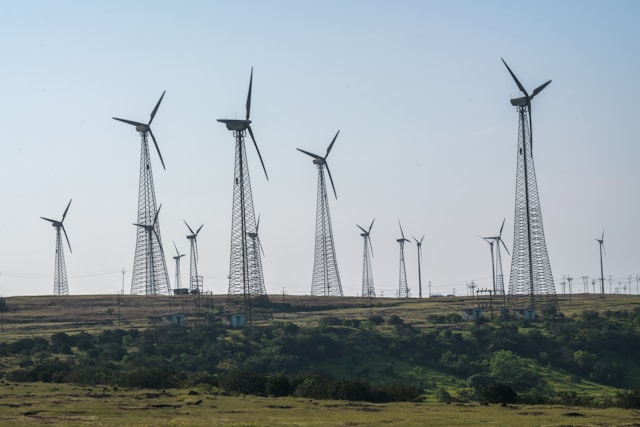Amidst the urgent global call for renewable energy solutions to combat climate change, wind energy stands out as a beacon of hope and innovation. As one of the cleanest and most sustainable sources of power available, wind energy has the potential to significantly reduce our reliance on fossil fuels, decrease greenhouse gas emissions, and lead the way in the transition to a greener, more sustainable energy future. This article explores the advancements, challenges, and future prospects of wind energy in the quest for sustainable power generation.
The Advancements in Wind Energy Technology
Wind energy technology has made leaps and bounds over the past few decades, resulting in more efficient, powerful, and reliable wind turbines. Modern turbines are capable of generating power even in areas with low wind speeds, thanks to improvements in blade design, materials, and control systems. Furthermore, the development of offshore wind farms has opened up new frontiers for wind energy, exploiting the stronger and more consistent winds found at sea.
- Increased Efficiency: Advances in aerodynamics, materials science, and digital controls have significantly increased the efficiency of wind turbines, allowing them to convert a higher percentage of wind into usable energy.
- Scaling Up: The size of wind turbines has grown, with some offshore turbines now standing over 260 meters tall and capable of generating enough electricity to power thousands of homes.
- Smart Technology: Integration of smart technology and IoT (Internet of Things) devices has improved the monitoring, maintenance, and operation of wind turbines, enhancing their performance and reliability.
Challenges Facing Wind Energy
Despite its potential, the expansion of wind energy faces several challenges that must be addressed to fully harness its power:
- Environmental and Social Impact: The installation of wind farms can have ecological impacts, including habitat disruption and potential threats to bird and bat populations. Moreover, the visual and noise impact of turbines is a concern for some communities.
- Intermittency: Wind energy production is subject to the variability of wind, which can lead to inconsistent power supply. This challenge necessitates the development of energy storage solutions and grid integration strategies to ensure a reliable energy supply.
- Infrastructure and Investment: Expanding wind energy capacity requires substantial investment in infrastructure, including manufacturing, transportation, installation, and grid connection. Securing this investment and building the necessary infrastructure are crucial steps in scaling up wind energy production.
The Future of Wind Energy
The future of wind energy is bright, with several trends indicating its growing role in global energy generation:
- Falling Costs: The cost of wind energy has been steadily decreasing, making it one of the most competitive sources of renewable energy on the market. This trend is expected to continue, driven by technological advancements and economies of scale.
- Policy Support: Governments around the world are implementing policies and incentives to support the development of wind energy, recognizing its importance in achieving climate goals and reducing dependence on fossil fuels.
- Innovation in Storage and Grid Integration: Innovations in battery technology and grid management are addressing the challenge of intermittency, making it easier to integrate wind energy into the power grid and ensure a stable energy supply.
- Global Expansion: Wind energy is expanding globally, with significant growth in markets such as Asia, Africa, and Latin America. This global expansion is crucial for meeting international climate targets and providing sustainable energy access to all.
Conclusion
Wind energy represents a key pillar in the transition to a sustainable energy future. Despite the challenges it faces, ongoing advancements in technology, supportive policies, and global commitment to renewable energy are paving the way for wind to become a major source of clean, sustainable power worldwide. Harnessing the wind not only offers a solution to the pressing issue of climate change but also provides a path towards energy independence, economic growth, and a healthier planet for future generations.


